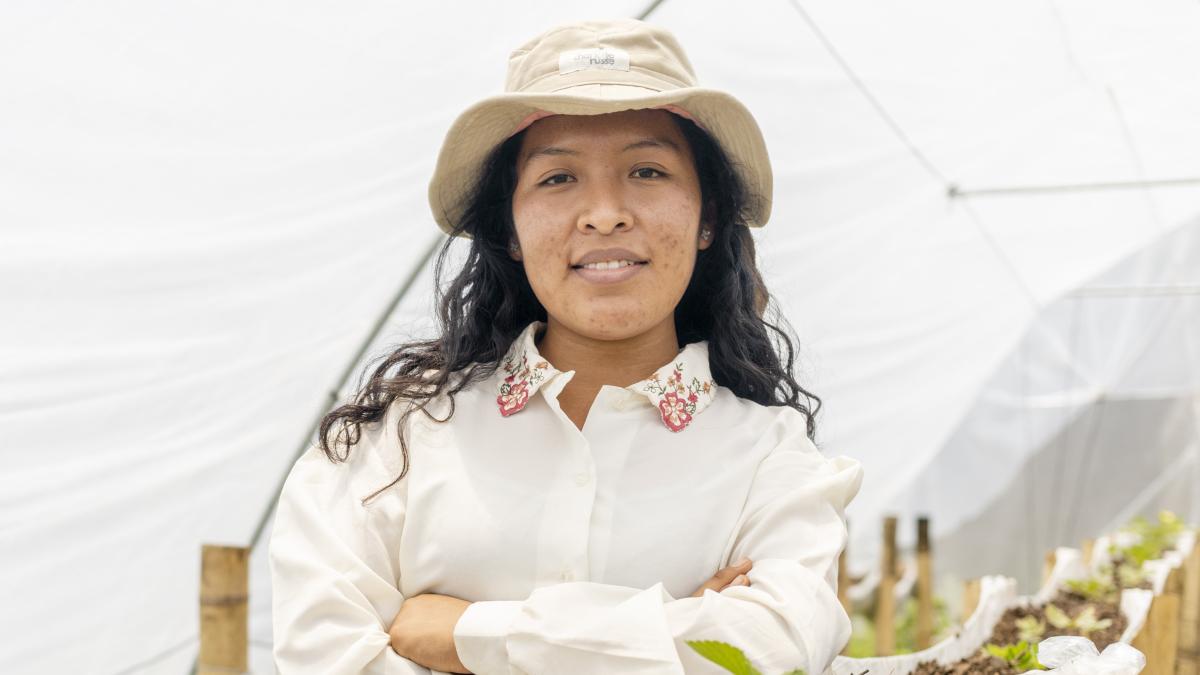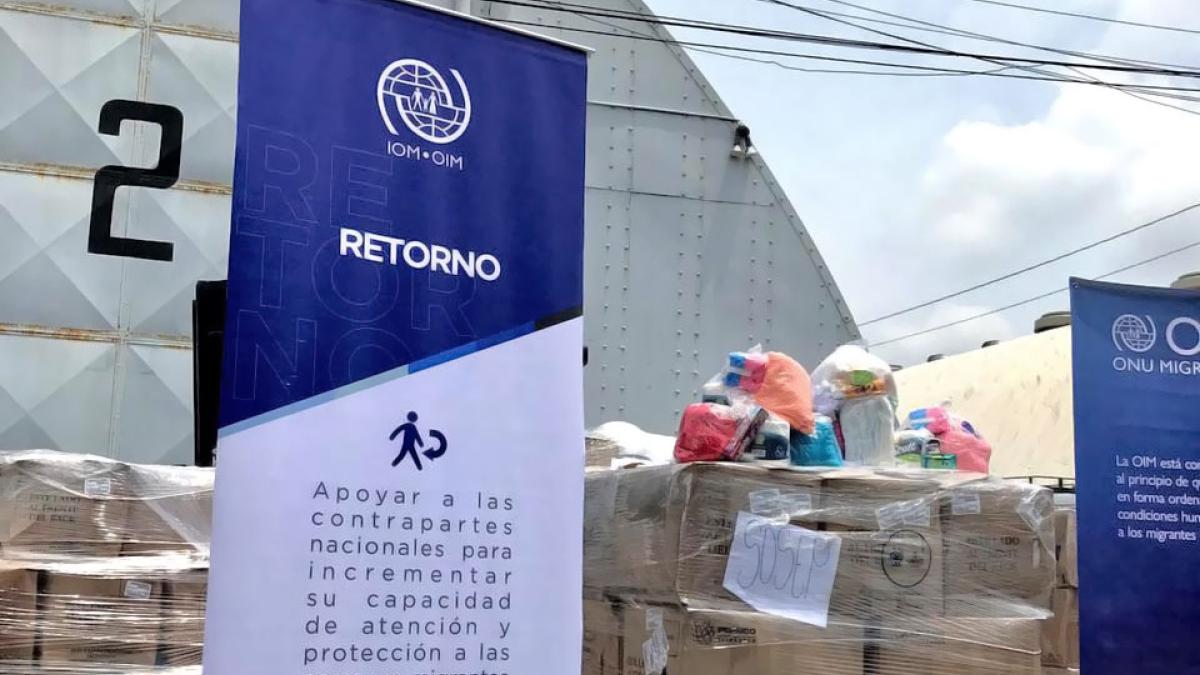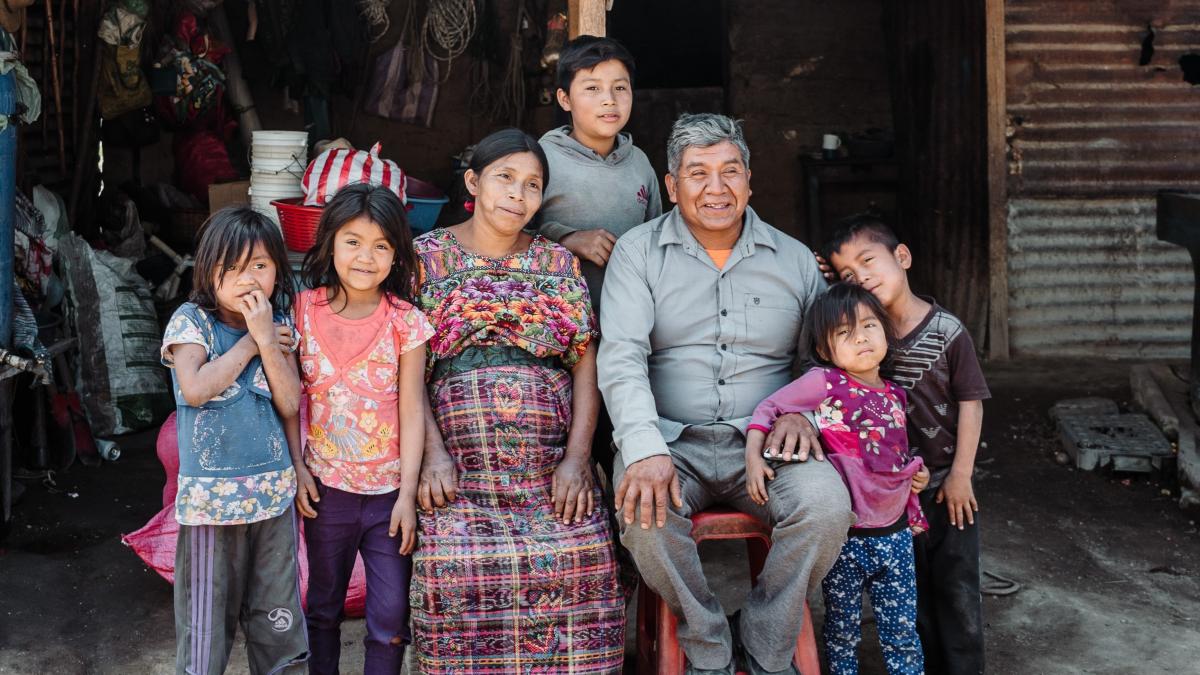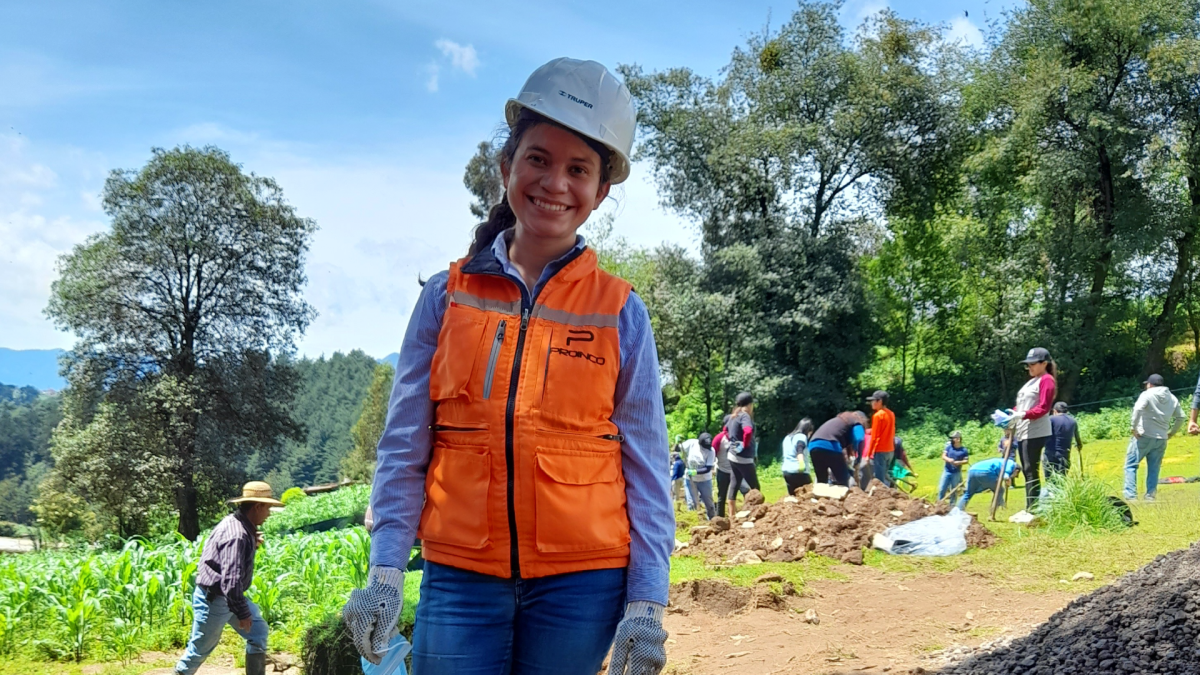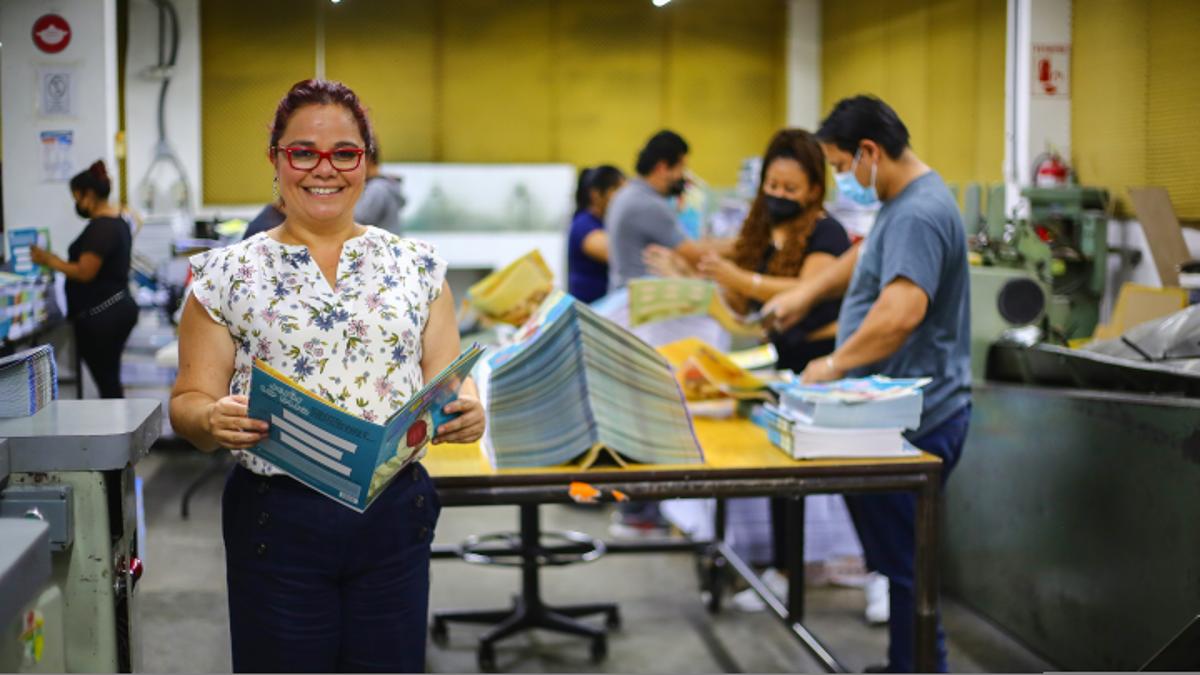Despite reductions in poverty rates and increases in GDP per capita, prior to the double impacts of the pandemic COVID-19 and hurricanes Eta and Iota (2019), the Guatemalan economy remains largely informal and highly unequal.
Key to growth will be structural reforms to address impediments to investment, economic diversification, increased judicial transparency, improved governance and transparency, expanded access to financial capital for businesses, streamlining of government procedures to start businesses and pay taxes, investment in workers, and formalization of the economy.
Guatemala’s population is young and rapidly urbanizing, with just over half the population living in urban areas and over sixty percent under 30 years of age. Much of Guatemala’s workforce lacks sufficient education and training, access to financial services for small and growing businesses is limited, infrastructure connecting cities is outdated, and regulations inhibit investment. While agriculture is the most labor-intensive sector in the Guatemalan economy—employing 29.2 percent of the population—it only contributes 9.9 percent to the gross domestic product and offers limited opportunities for prosperity and growth. This landscape makes it difficult for Guatemalans to attain a better quality of life, and by one estimate, has driven 1.5 million Guatemalans to emigrate in the last 20 years.
USAID works jointly with government institutions and private sector partners to implement a wide-range of projects to address the major issues hindering prosperity in Guatemala. To reduce irregular migration and poverty, and increase employment USAID’s activities focus on: 1) promoting economic growth and resilience; 2) creating income-generating opportunities; and 3) strengthening health and education.
Securing commitment from the government while working with the private sector, international donors, foundations, international financial institutions, and multilateral development banks is critical to fostering the reforms necessary for businesses to thrive, mobilizing investment, and promoting economic development in the region, which will empower women, youth, and marginalized communities.
PROMOTING ECONOMIC GROWTH & RESILIENCE
USAID partners with Guatemala’s private and public sectors to strengthen value chains, support small and growing businesses and improve economic opportunities for Guatemalans. USAID partners with the government and local communities to address food insecurity, chronic malnutrition, and to support co-management of forests and conservation of biodiversity. These efforts will contribute to a healthier workforce and a more climate resilient economy.
USAID promotes economic development in Guatemala through multiple strategies, including expanding access to markets, promoting investments, strengthening small and growing businesses, improving access to finance, facilitating the construction of productive infrastructure, and supporting improvements to the business climate. In order to address underlying factors constraining broad-based economic growth, USAID activities align with key Government of Guatemala priorities: private sector investment and job creation. In addition, USAID expands economic opportunities and access to vocational training for Guatemala’s youth and indigenous populations to improve livelihoods.
STRENGTHEN HEALTH & EDUCATION
USAID health activities empower communities to improve accessibility of health services and reduce inequities; manage quality of health and nutrition services through local leadership; and support the Guatemalan health system to adopt sustainable approaches to mobilize and use their resources efficiently, effectively, and transparently.
USAID’s education investments improve basic education for underserved children and youth living in municipalities with the highest rates of irregular migration. Interventions under this objective sustainably improve primary school students’ outcomes in reading, mathematics, and social and emotional learning (SEL), as well as increase students’ transition rates from primary school to the lower secondary school level. USAID also supports decentralization efforts designed to empower municipalities to lead and invest in the education sector. USAID education and workforce development programming builds soft and technical skills of in-school and out-of-school youth; connects youth with community service initiatives; provides youth with internship experiences linking to entrepreneurship and employment; strengthens their foundational academic skills; and assists students with scholarships to continue their studies at the tertiary level. USAID partners with higher education institutions to engage in research and strengthen tertiary curricula and professional development opportunities.



